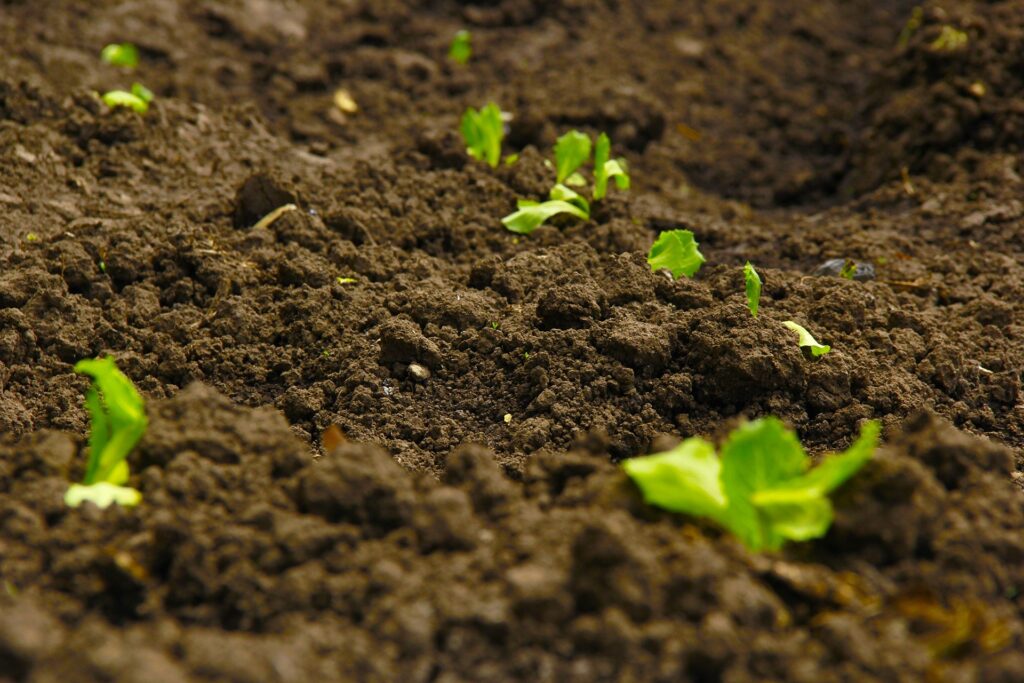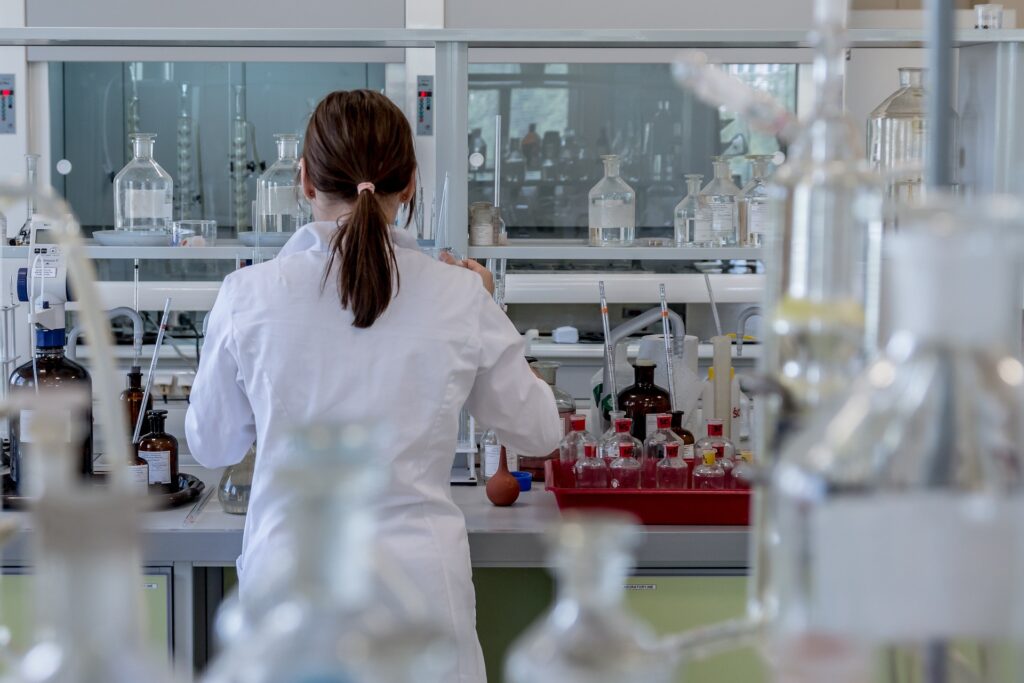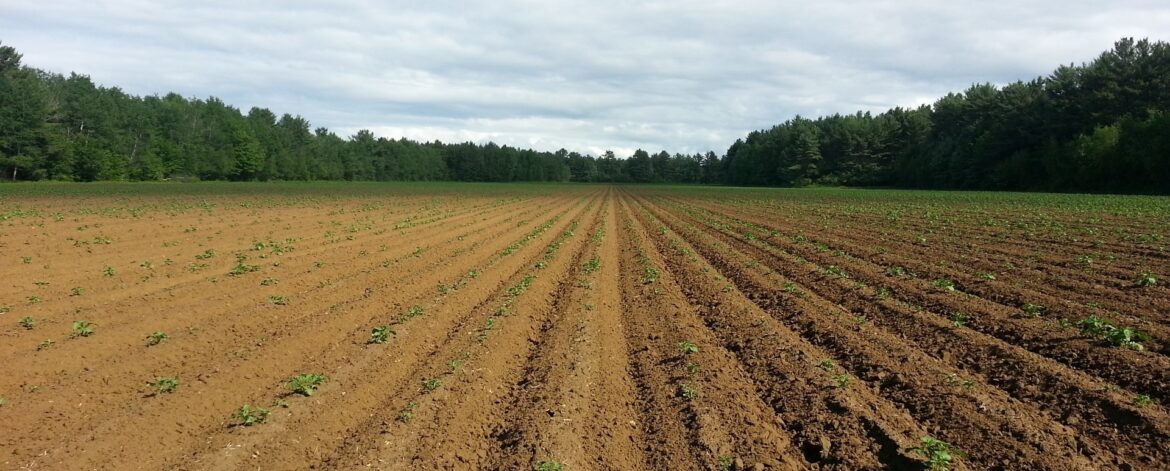Introduction
Soil contamination, especially by crude oil spills, has become a major environmental concern. Crude oil spills occur due to accidents during extraction, transportation, or improper storage. These pollutants can cause severe damage to soil health, affect agricultural productivity, contaminate water resources, and harm the broader ecosystem. The complexity of the pollutants, often made up of various hydrocarbons, makes the remediation of contaminated soil a challenging task. Traditional methods, such as chemical degradation, photodegradation, or physical removal, are often costly, less efficient, and can even lead to secondary pollutants, creating more harm than good.
In recent years, bioremediation(1) has emerged as a sustainable and effective method for soil remediation. This technique employs microorganisms(2) like bacteria to naturally degrade pollutants into less harmful or harmless compounds. Among the various microorganisms known for their bioremediation potential, Pseudomonas aeruginosa(3) has shown considerable success in breaking down petroleum hydrocarbons in oil-contaminated soils. This article explores the role of Pseudomonas aeruginosa in bioremediation, delves into experimental findings, and discusses the potential of this method as a sustainable solution for oil spill remediation.
Understanding the Bioremediation Process

Bioremediation is a natural process that exploits the metabolic pathways of microorganisms to degrade environmental contaminants, such as hydrocarbons found in crude oil. Microorganisms, including bacteria, fungi, and algae, use these pollutants as a source of energy and carbon, converting them into simpler, non-toxic compounds. Pseudomonas aeruginosa, a bacterium known for its robust ability to survive in harsh environments, has proven particularly effective in degrading a wide variety of hydrocarbons.
When introduced into contaminated soil, Pseudomonas aeruginosa breaks down hydrocarbons through several enzymatic reactions. First, the bacteria produce enzymes such as oxygenases(4) and dehydrogenases(5) that initiate the breakdown of large hydrocarbon molecules into smaller, more manageable units. These smaller units are then metabolized further into organic acids, which the bacteria can use as energy for growth and reproduction. Throughout this process, harmful hydrocarbons are converted into water, carbon dioxide, and other non-toxic by-products. The end result is the detoxification of the soil, restoring it to a state that can support plant and microbial life without posing risks to the environment.
Detailed Explanation of the Remediation Process

The process of bioremediation involves several stages, each critical to the successful breakdown of pollutants. The initial stage is bioaugmentation, where specific microbial strains, such as Pseudomonas aeruginosa, are introduced into the contaminated site. These microbes must first acclimate to their new environment, where they begin producing enzymes that initiate the breakdown of hydrocarbons. The first enzymatic reaction typically involves oxidation, where hydrocarbons are broken down through the addition of oxygen molecules. This step creates smaller hydrocarbon fragments that are easier for the bacteria to metabolize.
Next, the bacteria carry out a series of reactions to degrade the smaller hydrocarbons into intermediate compounds, such as alcohols, aldehydes(6), and organic acids. These intermediate products are further processed by the bacteria through a process called mineralization, where the compounds are fully broken down into carbon dioxide and water. This mineralization step is crucial because it ensures that the pollutants are completely eliminated from the soil, rather than just being transformed into other harmful compounds.
Throughout the process, environmental conditions such as oxygen levels, nutrient availability, and moisture must be optimized to support bacterial growth. In many cases, bioremediation efforts involve the addition of nutrients (such as nitrogen and phosphorus) to the contaminated site, a process known as biostimulation(7), which enhances the bacteria’s ability to degrade hydrocarbons. Oxygen can also be supplied to the soil through aeration techniques to accelerate the degradation process. The combination of bioaugmentation and biostimulation ensures a more efficient and comprehensive breakdown of soil contaminants.
Experimental Findings on Pseudomonas aeruginosa’s Role in Soil Remediation

In a detailed study aimed at understanding the efficiency of Pseudomonas aeruginosa in crude oil bioremediation, researchers set up an experimental design that involved soil samples polluted with Nigerian Escravos Light crude oil. The soil samples were prepared with two types of crude oil (raw and treated) and at two concentrations (5% and 8%), simulating both light and heavy oil spills. These samples were inoculated with Pseudomonas aeruginosa and monitored over a period of 30 days to track the degradation of hydrocarbons.
The method used for measuring the degradation of crude oil involved UV/VIS spectrophotometry(8), where the absorbance of the crude oil in the samples was measured at various intervals. The results showed that Pseudomonas aeruginosa significantly reduced the crude oil concentration in the soil over time. Specifically, the treated crude oil samples showed faster degradation compared to the raw crude oil samples, which indicates that the treatment of oil prior to spillage might enhance the efficacy of bioremediation. The 8% concentration samples (representing heavy oil spills) also took longer to degrade than the 5% concentration samples (representing light oil spills), but the bacteria were effective in both cases.
This experiment highlights the adaptability of Pseudomonas aeruginosa in different conditions, making it a promising tool for dealing with real-world oil spill scenarios where both light and heavy oil spills are common. The degradation patterns seen in the spectrophotometric data showed a continuous decrease in oil concentration, confirming the bacterium’s capacity to metabolize crude oil pollutants effectively.
Statistical Validation and Significance of Results

To ensure the reliability and accuracy of the experimental findings, various statistical tools were used to analyze the data. The absorbance data from the crude oil-polluted soils inoculated with Pseudomonas aeruginosa were fitted to several statistical models, including the Normal, Gumbel (9), and Weibull(10) distribution functions. These models helped researchers assess how well the data followed expected degradation patterns and whether the observed results were statistically significant.
The Kolmogorov-Smirnov(11) test, which checks for the goodness-of-fit of the experimental data to the chosen statistical models, confirmed that the bioremediation data closely followed the applied models. Furthermore, the Student’s t-test(12) was used to compare the performance of the bacteria in different conditions (raw vs treated crude oil, 5% vs 8% concentrations). The results from the t-test indicated statistically significant differences between the degradation rates of raw and treated crude oil, validating the hypothesis that treated crude oil is more amenable to microbial degradation.
These statistical analyses provide robust support for the effectiveness of Pseudomonas aeruginosa in oil spill bioremediation. The findings are not just random variations but clear evidence of the bacterium’s active breakdown of petroleum hydrocarbons. This rigorous statistical validation adds to the credibility of using bioremediation in real-world applications.
Conclusion
Soil contamination from crude oil spills is a serious environmental issue that requires effective and sustainable remediation strategies. Bioremediation, using microorganisms like Pseudomonas aeruginosa, offers a promising solution for restoring polluted soils. The ability of this bacterium to metabolize petroleum hydrocarbons into less harmful compounds highlights its potential as a practical tool for managing oil spills. The experimental findings presented in this article demonstrate that Pseudomonas aeruginosa can efficiently degrade both light and heavy oil spills, with faster degradation observed in treated crude oil.
The statistical validation of these results further reinforces the reliability of bioremediation as an environmentally friendly approach to soil remediation. As global environmental concerns grow and the demand for sustainable solutions increases, bioremediation stands out as a critical tool in the fight against soil pollution. By harnessing the power of microorganisms, we can move towards a future where soil health is preserved, ecosystems are protected, and the impact of industrial pollution is minimized.
Reference
Bioremediation: Data on Pseudomonas aeruginosa effects on the bioremediation of crude oil polluted soil, (Elsevier Inc. 2018) Modupe Elizabeth Ojewumi a,n, Joshua Olusegun Okeniyi b,c , Jacob Olumuyiwa Ikotun d, Elizabeth Toyin Okeniyi e , Valentina Anenih Ejemen a, Abimbola Patricia Idowu Popoola
Glossary
- Biodegradation: A process in which pollutants are broken down into simpler and less harmful compounds through chemical reactions.
- Microorganisms: Tiny living organisms that cannot be seen with the naked eye, including bacteria, fungi, viruses, and algae. They play an important role in biological processes such as the decomposition of organic matter and biogeochemical cycles.
- Pseudomonas aeruginosa: A Gram-negative and versatile bacterium found in various environments, including soil and water. This bacterium is known for its high ability to degrade hydrocarbons and oil pollutants and is used in bioremediation. Additionally, it is recognized as a pathogenic agent in humans and can cause various infections, particularly in individuals with weakened immune systems.
- Oxygenases: Enzymes that add oxygen to organic molecules and play an essential role in breaking down complex substances such as hydrocarbons in bioremediation processes and metabolism. By activating oxygen, they help degrade environmental pollutants.
- Dehydrogenases: Enzymes involved in oxidation-reduction (redox) reactions, transferring hydrogen from one molecule to another. They assist in the breakdown of organic materials and energy production within cells. These enzymes are crucial in metabolism and bioremediation processes.
- Aldehydes: Organic compounds that contain a carbonyl group (C=O) at the end of their carbon chain. They serve as important intermediates in many chemical and biological reactions and may form during metabolic processes like hydrocarbon degradation in bioremediation.
- Biostimulation: A process where nutrients such as nitrogen and phosphorus are added to a contaminated environment to enhance the growth and activity of native microorganisms that aid in pollutant degradation. This method is commonly used to improve the efficiency of bioremediation in breaking down harmful organic substances like crude oil.
- UV/Visible Spectroscopy (UV/VIS): A technique used to measure the absorption of light in the ultraviolet and visible ranges by samples. It is commonly applied for the analysis of chemical concentrations, including pollutants in various environments. In bioremediation, UV/VIS is used to monitor the degradation of hydrocarbons and oil pollutants over time.
- Gumbel Distribution: A statistical distribution used to model extreme values such as the largest or smallest value in a dataset. This distribution is often applied in analyzing rare events like severe floods, extremely high or low temperatures, and risk analysis. In bioremediation, the Gumbel distribution can be used to evaluate patterns of changes in pollutant degradation and determine maximum or minimum values related to the breakdown of harmful substances.
- Weibull Distribution: A flexible statistical distribution used for modeling failure times, durability, and reliability analysis. This distribution has wide applications in engineering, statistics, and life sciences, particularly in analyzing data with variable failure rates, such as equipment lifespan or the rate of material degradation. In bioremediation, the Weibull distribution can be used to assess pollutant degradation rates and predict the time needed to reduce pollutants to safe levels.
- Kolmogorov-Smirnov Test: A non-parametric statistical test used to compare the distribution of an empirical dataset with a reference distribution (such as a normal distribution) or to compare two datasets. The test measures the maximum distance between cumulative distributions to check whether the data follows a specified distribution. In bioremediation, this test can be used to validate the conformity of experimental pollutant degradation data with specific statistical models.
- Student’s t-test: A parametric statistical test used to compare the means of two groups to determine whether the difference between the means is statistically significant. This test is useful for small sample sizes and when the variance is unknown. In bioremediation, the t-test can be applied to compare the efficiency of two different degradation methods, such as the performance of bacteria under different conditions (e.g., treated versus crude oil).


